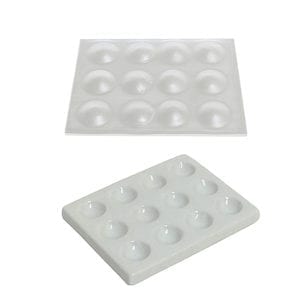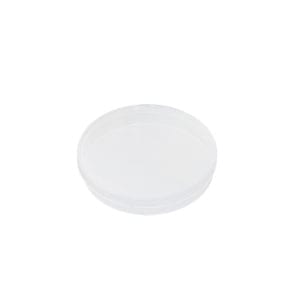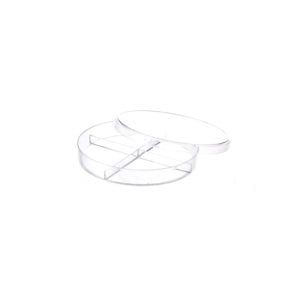ANTIBIOTICS DISCS: Augmentin-Penicillin-Stretomycin, 5x cartridges of 50x discs
These Antibiotic Discs facilitate the easy handling and dispensing of sensitivity discs.
Three types available: Augmentin, Penicillin & Stretomycin, each sold separately and packed in 5x cartridges of 50 discs.
Simply slip the cartridge into the ejector provided and dispense discs directly onto the agar plate.
The cartridges have a long shelf life.




